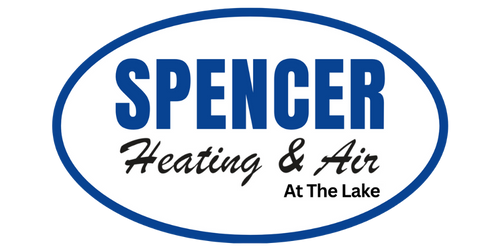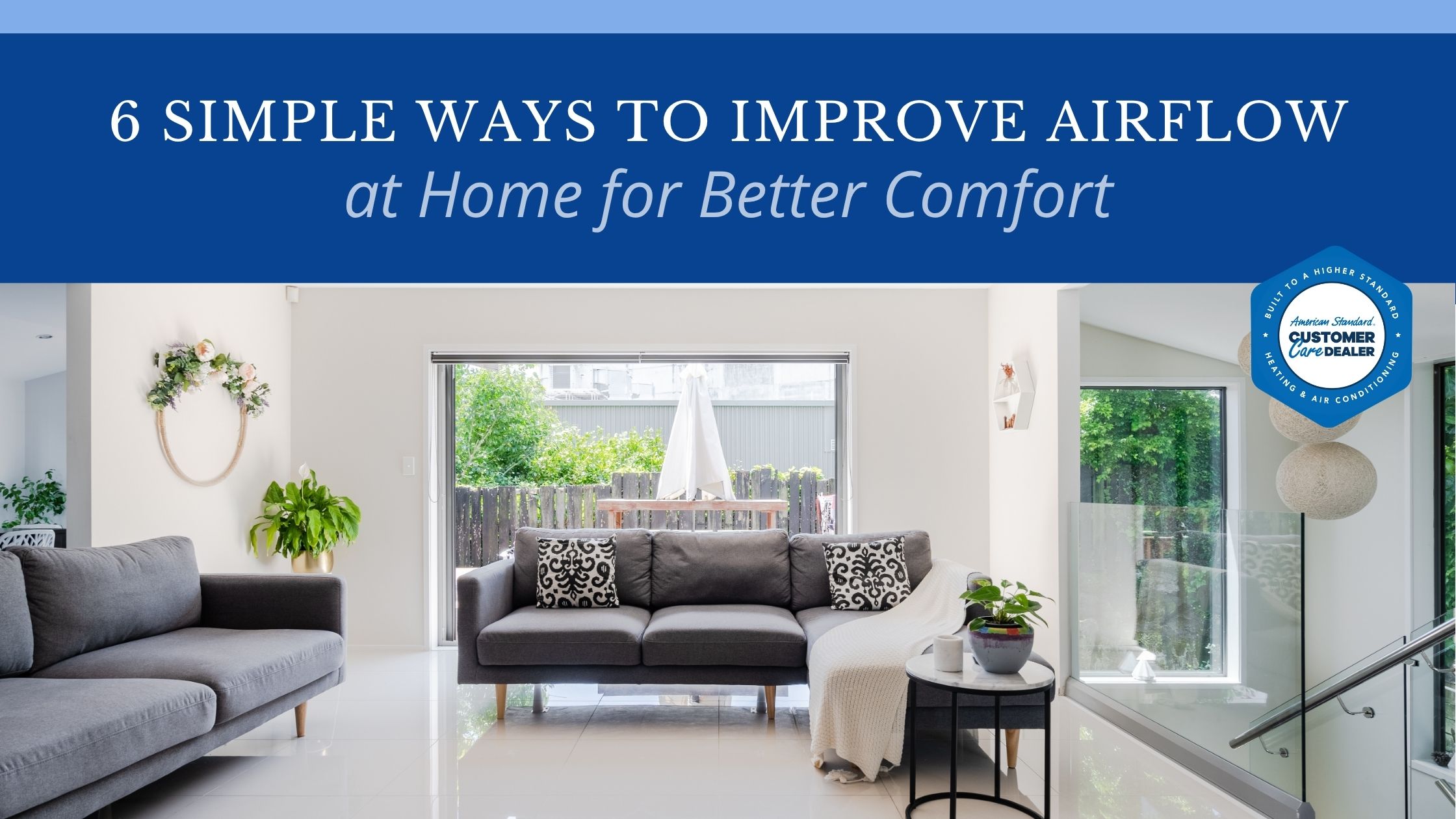6 Simple Ways to Improve Airflow at Home for Better Comfort
Improving the airflow in your home is one of the easiest and most effective ways to boost comfort, lower energy costs, and help your HVAC system run more smoothly. Below are six practical ways to improve airflow — with explanations that make sense whether you’re typing or speaking into a voice assistant.
1. Change or Clean Your Air Filters Frequently
One of the top reasons airflow suffers is because air filters are clogged. When filters are full of dust, pet hair, and debris, they block airflow, forcing your HVAC system to work harder.
- Check your filter every month.
- Replace or clean filters every 1–3 months, depending on your system and how dusty your home is.
- Use a filter with a balanced rating — high enough to filter well, but not so restrictive that it chokes off airflow.
This simple habit helps your system breathe easier, improves air quality, and can reduce energy costs.
2. Seal and Insulate Your Ductwork
Leaky or poorly insulated ducts are a major culprit of wasted air and poor circulation. Air escaping through gaps means less air gets to the rooms that need it, and your system works harder.
- Inspect duct joints for holes, cracks, or disconnected sections.
- Seal leaks using a long-lasting paste (mastic) or foil-approved HVAC tape.
- Insulate ducts in unconditioned spaces (like attics or crawl spaces) to reduce energy loss.
- Consider having a professional test your ducts to find hidden leaks or pressure issues.
3. Keep Vents & Registers Clear
Blocked vents can dramatically reduce the circulation of air.
- Dust and vacuum vent grilles regularly.
- Make sure furniture, rugs, or curtains aren’t blocking the airflow. Experts recommend keeping a clear space around registers.
- Use adjustable vent deflectors if certain rooms don’t get enough airflow.
4. Use Ceiling and Exhaust Fans Strategically
Fans are a cost-efficient way to improve circulation without overworking your system.
- Ceiling fans:
- Exhaust fans in kitchens and bathrooms: These help remove humid or stale air.
- If your HVAC system allows, set the blower fan to “ON” instead of “AUTO” — this keeps air moving continuously, rather than stopping and starting. (This depends on your specific system, so consult your technician.)
5. Maximize Natural Ventilation
Letting fresh air in naturally can complement your HVAC system and improve airflow.
- Open windows on opposite sides of your home to create a cross breeze.
- Keep interior doors slightly open to remove “dead air” pockets and allow free airflow between rooms.
- If your windows allow, install small trickle vents or window vents that let in air even when windows are closed.
6. Consider HVAC Upgrades or Zoning Solutions
If you’ve tried the basics and still have airflow issues — especially in specific rooms — it might be time for a bigger fix.
- Zoning system: Divide your home into zones, each with its own thermostat. This lets you control airflow independently for different rooms, which can greatly improve comfort and efficiency.
- Inline duct booster fans: These can help push more air into long or hard-to-reach duct branches.
- Upgrading your HVAC: Newer systems with variable-speed blowers or more efficient designs can deliver better airflow while using less energy.
Why Improving Airflow Really Helps
Here’s why all these tweaks matter:
- Energy efficiency: Better airflow means your system doesn’t have to work as hard, which can lower your utility bills.
- Better air quality: When the air moves freely, your filters and ventilation do a better job of removing allergens, dust, and pollutants.
- Balanced temperature: Proper airflow helps prevent hot or cold spots in your home.
- Longer HVAC life: Reduced strain on your system means fewer breakdowns and longer lifespan.
- Reduced moisture risk: Good circulation helps control humidity — which reduces the chance of mold and mildew buildup.
Common Questions (So You Can Ask in Your Head — or Tell Alexa)
How do I know if my home has poor airflow?
If rooms feel very different in temperature, vents seem weak, or your energy bills are climbing, that’s a strong sign that airflow isn’t balanced.
Can I improve airflow without calling a pro?
Yes — changing filters, cleaning vents, and rearranging furniture are all things you can do yourself. But for duct sealing, booster fans, or zoning systems, you may want a certified HVAC technician.
What kind of filter works best for airflow AND air quality?
Filters with a MERV rating in the 8–12 range usually strike a good balance. Higher MERV filters catch more particles but can restrict airflow if your system isn’t designed for them.
Do I really need to seal my ducts?
Yes — leaky ducts can waste a surprising amount of conditioned air, which hurts airflow and can raise your energy bill.
If a room is always too hot or too cold, will zoning help?
Very likely. A zoning system allows you to individually control temperatures (and airflow) in different areas of your home.
Contact Us
For more than 50 years, our factory-trained comfort specialists and technicians have helped keep your home comfortable! Spencer at the Lake is a trusted American Standard Heating & Air Conditioning Customer Care Dealer in the Lake Martin area. Call us at (256) 373-3165 for more information, or follow us on Facebook and Instagram for the latest updates and expert airflow tips.



